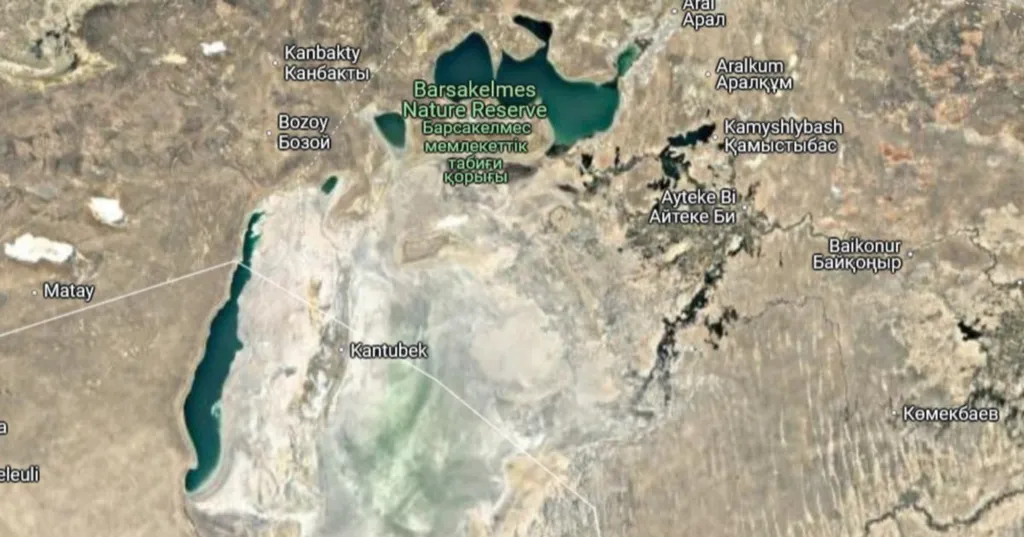In the heart of Central Asia, an unprecedented environmental restoration project has not only revived a once-dying sea but also offered a unique case study for scientists and industries alike. The North Aral Sea, separated from its desiccating southern counterpart by a dam, has seen a remarkable recovery, with its volume stabilizing and salinity dropping significantly. Now, a comprehensive study led by Dr. G. B. Kirillin from the Leibniz Institute of Freshwater Ecology and Inland Fisheries (IGB) in Berlin, Germany, sheds light on the dynamic changes in the sea’s thermal conditions, mixing, and oxygen regime, with potential implications for the energy sector.
The Aral Sea’s restoration has been a remarkable success story, with the North Aral Sea’s area increasing from 2800 km² in 2006 to 3400 km² in 2020. The dam’s construction has stabilized the lake’s volume at 27.5 km³, and salinity has dropped from 18 to 10 g/kg. However, the consequences of this restoration on the sea’s physical state have remained not fully quantified until now.
Dr. Kirillin and his team have analyzed the current state of the North Aral Sea, using data from expeditions between 2016 and 2019 and continuous monitoring by an autonomous mooring station. Their findings, published in the journal ‘Hydrology and Earth System Sciences’ (translated from German as ‘Hydrology and Earth System Sciences’), reveal a highly dynamic system.
“The present seasonal mixing regime is distinguished by relatively weak summer thermal stratification occupying about 7% of the lake volume,” Dr. Kirillin explains. “Salinity does not contribute to the summer density stratification, but a stable salinity stratification can develop during ice melt in late winter.”
The study highlights the dominance of highly energetic internal waves with periods of approximately 4.5 days, which facilitate mixing at the lake bottom. This mixing regime ensures oxygenation of deep waters and the supply of nutrients to the upper water column, fostering a healthy ecosystem.
However, the seasonal mixing regime is currently in an unstable equilibrium, wobbling between polymictic and dimictic conditions. This fragility is demonstrated by modeling results, which show that slight changes in water level or transparency could turn the Aral Sea into a steadily dimictic or polymictic state.
For the energy sector, understanding these dynamics is crucial. The North Aral Sea’s mixing regime and oxygen levels can influence aquatic ecosystems, which in turn affect fisheries and other resources. Moreover, the sea’s thermal conditions can impact local climate and weather patterns, which are essential considerations for energy production and infrastructure planning.
Dr. Kirillin’s research underscores the importance of continuous monitoring and adaptive management in the face of global change. As he notes, “The fragility of this seasonal pattern is demonstrated by modeling results: slight changes in the water level or transparency may turn the Aral Sea to a steadily dimictic or polymictic state.”
This study not only provides valuable insights into the North Aral Sea’s current state but also offers a blueprint for similar restoration projects worldwide. By understanding the complex interplay of thermal conditions, mixing, and oxygen regime, we can better manage and protect our precious water resources, ensuring a sustainable future for both the environment and the energy sector.

